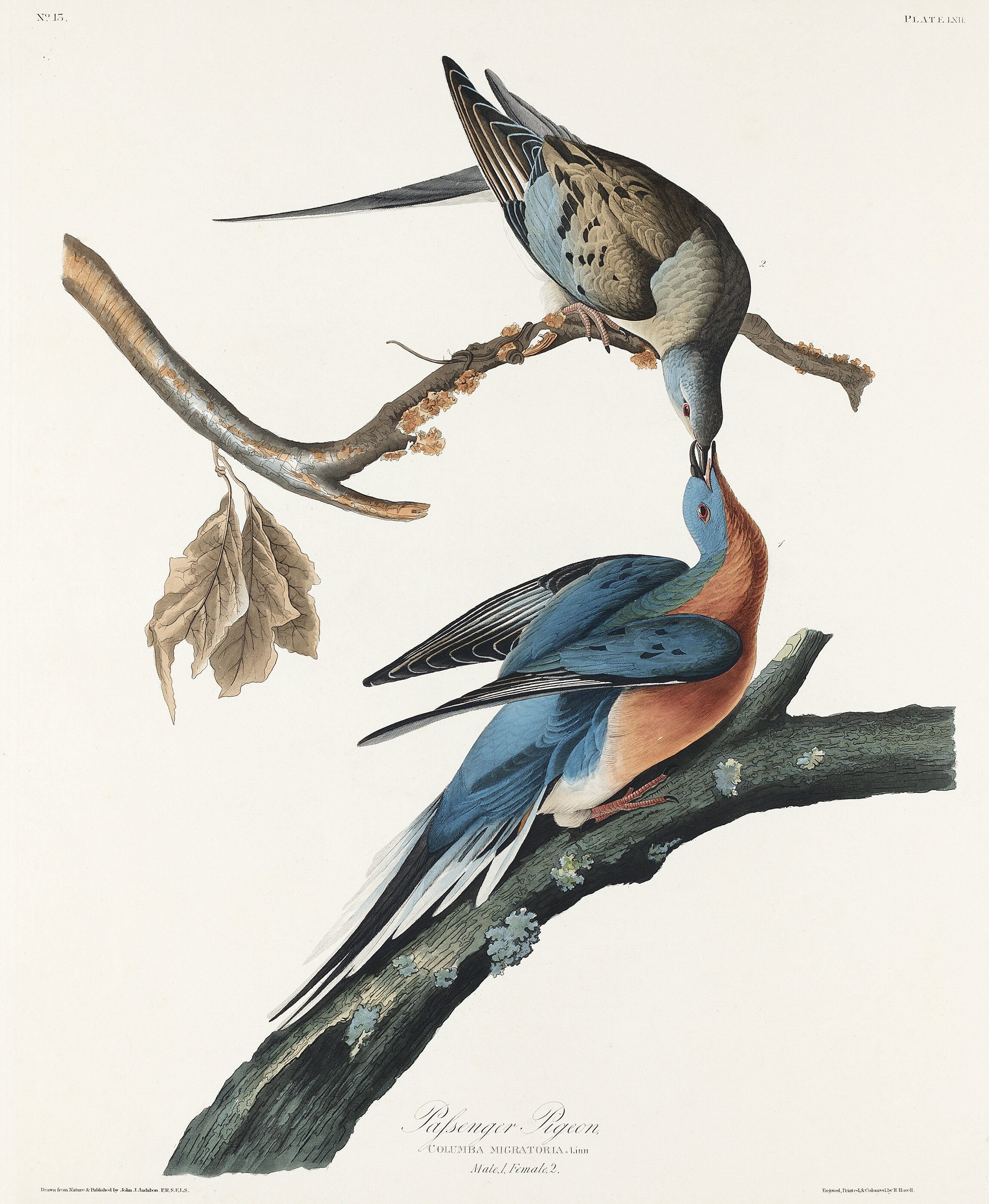
Evolutionary Anachronisms in The Western Palearctic – Part I: Puzzling Pomes
In their 1982 paper Neotropical Anachronisms: The Fruits the Gomphotheres Ate, Daniel H. Janzen and Paul S. Martin defined it as a trait of a plant that is inexplicable unless seen in the backdrop of its evolutionary past. For instance, Gymnocladus dioicus, a tree in the legume plant family Fabaceae that is native to the eastern United States, produces seed pods that are poisonous to mammals, unbreakable to rodents and impervious to water, yet depend on all of these for dispersal since the seeds, the largest in the continental United States, are too heavy to be carried by wind anywhere far. As a result, each year the parent tree will produce pods that fall to the ground, where they slowly decompose over the years, even in seemingly natural habitat. This is odd because the fruit of any plant is always intended as a diaspore. Plants have outbid each other over millions of years in attempts to produce the most sophisticated designs that will allow their unborn offspring to travel and germinate a preferably long distance away from the parent. So, if the Kentucky coffeetree, as it is also called, fails so miserably at dispersing seeds away from the parent tree, despite an elaborate diaspore, one is compelled to ask, why?.

Passenger Pigeons: Stewards of the Hardwood Forests
Passenger Pigeons were the most common bird in North America at the time of European settlement but were wiped out within a few centuries. The species shaped the landscapes and ecosystems within its range by virtue of its sheer abundance and unique behavior. Most affected were the hardwood forests of the Northern United States, where billions of pigeons would congregate annually to breed and inflict massive changes on their breeding grounds.

The Aurochs
A creature of both myth and history, the aurochs was the wild ancestor of domestic cattle, and a denizen of innumerable legends. Dying out as recently as 1627, it is one of the few members of Europe’s extinct megafauna to have survived into historical times. In this article, guest author Daniel Foidl lays out everything there is to known about the renowned beast.
